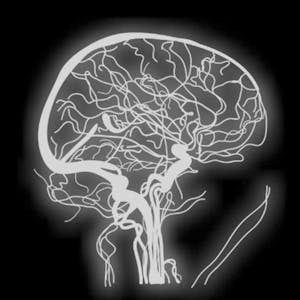Fundamental Neuroscience for Neuroimaging
About this Course
Neuroimaging methods are used with increasing frequency in clinical practice and basic research. Designed for students and professionals, this course will introduce the basic principles of neuroimaging methods as applied to human subjects research and introduce the neuroscience concepts and terminology necessary for a basic understanding of neuroimaging applications. Topics include the history of neuroimaging, an introduction to neuroimaging physics and image formation, as well as an overview of different neuroimaging applications, including functional MRI, diffusion tensor imaging, magnetic resonance spectroscopy, perfusion imaging, and positron emission tomography imaging. Each will be reviewed in the context of their specific methods, source of signal, goals, and limitations. The course will also introduce basic neuroscience concepts necessary to understand the implementation of neuroimaging methods, including structural and functional human neuroanatomy, cognitive domains, and experimental design.Created by: Johns Hopkins University

Related Online Courses
Karate is an open-source framework for API Test automation that uses BDD style syntax, has a rich assertion library, built-in HTML reports. In this 2-hour long project-based course, you will learn... more
In this foundational Pharmacy Technician Career Training Specialization, students will take four courses to master the fundamentals of a career in pharmacy. The first two courses teach how to... more
To become job-ready, you need to develop technical knowledge and skills. Those skills can help you get through that first door. But then what? Completing this professional certificate will help you... more
This is a self-paced lab that takes place in the Google Cloud console. In this hands-on lab, you will learn why Google Cloud is the cleanest cloud in the industry by exploring and utilizing... more
Embark on a journey to seamlessly connect Salesforce with external systems through a series of meticulously structured lessons. The course begins by setting up the necessary environments, guiding... more







